

THE GREAT NAVIES OF THE
FIRST WORLD WAR
EDITED BY
Vincent P. OHara
W. David Dickson
Richard Worth
NAVAL INSTITUTE PRESS
ANNAPOLIS, MARYLAND
Naval Institute Press
291 Wood Road
Annapolis, MD 21402
2013 by Vincent OHara
All rights reserved. No part of this book may be reproduced or utilized in any form or by any means, electronic or mechanical, including photocopying and recording, or by any information storage and retrieval system, without permission in writing from the publisher.
Library of Congress Cataloging-in-Publication Data
To crown the waves : the great navies of the First World War / edited by Vincent P. OHara, W. David Dickson, and Richard Worth.
pages cm
Includes bibliographical references and index.
ISBN 978-1-61251-269-3 (ebook) 1. World War, 19141918Naval operations. 2. NaviesHistory20th century. 3. Naval history, Modern20th century. I. OHara, Vincent P., date II. Dickson, W. David, date III. Worth, Richard, date
D580.C83 2013
940.45dc23
2013000611
 This paper meets the requirements of ANSI/NISO z39.48-1992 (Permanence of Paper).
This paper meets the requirements of ANSI/NISO z39.48-1992 (Permanence of Paper).
21 20 19 18 17 16 15 14 13 9 8 7 6 5 4 3 2 1
First printing
CONTENTS
Zvonimir Freivogel
Jean Moulin
Peter Schenk with Axel Niestl and Dieter Thomaier
John Roberts
Enrico Cernuschi and Vincent P. OHara
Stephen McLaughlin
Trent Hone
Vincent P. OHara and Richard Worth
Maps
Tables
Illustrations
To Crown the Waves is a collaborative effort and would not exist without the help and patience of many people. Richard Worth and W. David Dickson have worked with me four years on this project and its predecessor, On Seas Contested. They have recruited participants, read, reviewed, and revised the chapters and have written material. They have, however, been above all patient and willing, and I sincerely appreciate their belief and participation in this work. Dr. Zvonimir Freivogel, Jean Moulin, and John Roberts came to this project new, finding the time in their schedules to undertake what is basically a labor of love, and with their expertise they have made this a far better book. Trent Hone, Stephen McLaughlin, Axel Niestl, Dr. Peter Schenk, and Dieter Thomaier knew what they were getting into and agreed to contribute anyway. My thanks to all of them. Dr. Enrico Cernuschi receives special thanks. Dr. Cernuschi has contributed far more than his share of the Italian chapter and has read and commented on the entire manuscript. I also want to give special thanks to Michael Yaklich, of Pittsburgh, Pennsylvania, who has been an astute reader and has contributed many, many corrections and improvements. Thanks to John Spencer for assisting in the translation of Mr. Moulins chapter from French to English. Tom Cutler is my editor at Naval Institute, and I thank him for his constant and generous support. Finally, as I type these words I think of the time away from my family I have spent working on this and other books, and I thank my wife, Maria, and my children, Yunuen and Vincent, who stand by my side in all that I do.
VINCENT P. OHARA

I t has been a century since a Serbian nationalist assassinated the Austrian archduke Franz Ferdinand in Bosnia and the continent of Europe descended into an orgy of savagery that today is called the First World War. The reason why such a relatively rich and self-confident community of nations, sharing for the most part a common culture, could turn upon itself in such barbaric fashion is perhaps the great question of the twentieth century. A short list of the wars tragic offspring includes the Great Depression, World War II, the Holocaust, and the Cold War. Even the political divisions of the Middle East that are at the roots of much twenty-first century unrest are a consequence of the Great War.
The veterans of the First World War are all gone. The picture of the conflict that lingers in the collective memory of their descendants is one of muddy trenches and young men, faces encased in gas masks, crouching in a blasted landscape. The land armies numbered almost seventy million, and the deaths eight million, so this perception is natural. However, it obscures that essential fact that the First World War was also fought at sea, and there, in the failed naval blockade of the United Kingdom and the successful blockade of the Central Powers, the war was eventually won.
The carnage inflicted at sea was tremendous. It included the loss of over 13 million tons of mercantile shipping and 756 major warships, including 27 Allied and 7 Central Power capital ships. More than 100,000 men died. From this turmoil the images that resonate are dreadnought battleships cutting through the waves in massive lines and predator submarines lurking in the oceanic wastes. The war at sea, however, was more, and these images might as well include a German cruiser bottled up an African river, or the kaisers East Asian flotilla massacring a British squadron off Chile or being annihilated itself in the South Atlantic; more than 8,500 men died in a single North Sea clash of dreadnoughts; battleships dueled on the Black Sea; there were amphibious assaults against Baltic islands; and bi-wing bombers clustered on the decks of primitive aircraft carriers. The war at sea was global in its dimensions, and once the land war stalemated on the western front, it was on the waves that victory was determined.
The worlds premier navy, Britains Royal Navy, led the Triple Entente, or the Allies, with support from the French Marine Nationale and the Imperial Russian Navy. In opposition, the German Kaiserliche Marine teamed with the Austro-Hungarian Kaiserliche und Knigliche Kriegsmarine, but a diplomatic twist sent the third member of this Triple Alliance, Italys Regia Marina, to the Allied side. Two years later Germanys own naval efforts provoked the United States into joining the Allied camp as well.
At sea World War I was a time of new and rapidly evolving martial technologies and the collision of nineteenth-century concepts with twentieth-century weapons. Admiral Jacky Fisher, the creative genius behind the all-big-gun battleship, first served on board HMS Victory, which had been Admiral Nelsons flagship at Trafalgar. Within the span of Fishers career, steel superseded wood, sail gave way to steam, and giant guns hurling one-ton shells a distance of ten miles replaced muzzle-loading smooth-bore cannons. Torpedoes appeared, launched now by the sinister submersible and the pesky airplane that transformed sea warfare to a three-dimensional affair. The challenges faced by men like Fisher and his near contemporaries Germanys Alfred Tirpitz, Italys Paolo Thaon di Revel, Japans Heihachiro Togo, and Americas William Benson seem likely to be repeated as twentieth-century militaries struggle to incorporate twenty-first-century technologies.
To Crown the Waves is an examination of the war at sea and the seven major navies that fought this war. It pools the expertise of historians from five nations who examine not only ships and weaponry but also doctrines and traditions, industry and bases, training and goalsless tangible factors that gave each fleet a unique personality and influenced how it met the challenges it faced. Laid out to a common structure, the chapters allow for easy reference and comparison following this outline:
Next page

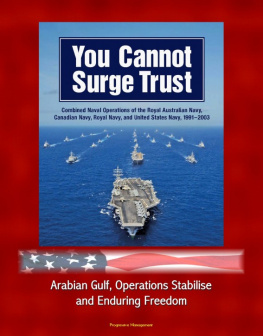
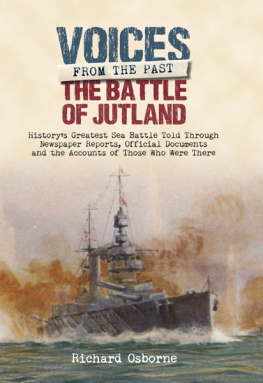
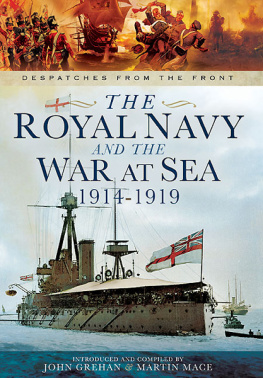
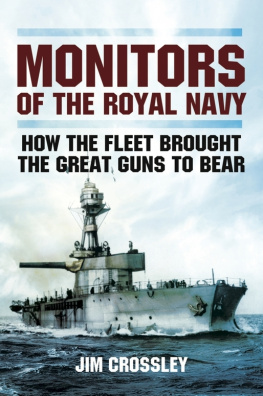
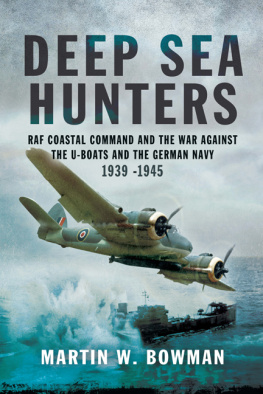
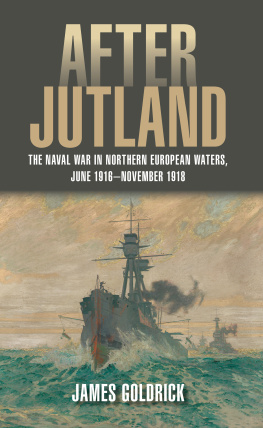
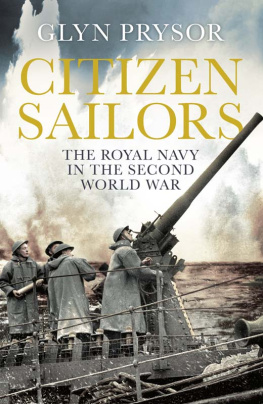




 This paper meets the requirements of ANSI/NISO z39.48-1992 (Permanence of Paper).
This paper meets the requirements of ANSI/NISO z39.48-1992 (Permanence of Paper).